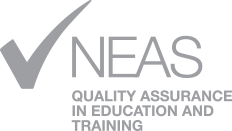This week we focus on two more areas within ELT that are undergoing revolutionary adjustment: teacher training and technological advancement.
Teacher training is another part of the ELT sector that is undergoing a revolution of sorts. The significance of continuous professional development (PD) for English language teachers cannot be stressed enough. “Effective teaching requires ongoing reflection, learning, and growth,” Richards (2017) explains. “Investing in teacher training programs and professional development opportunities enhances educators’ pedagogical skills and enables them to meet the diverse needs of their students effectively.” By prioritising teacher development, ELT institutions can ensure quality instruction and student success. PD should also focus on inclusive practices that address the diverse needs of learners in ELT. Implementing inclusive pedagogical approaches and providing support services for learners with special educational needs promotes equity and diversity in ELT.
Driven by advancements in digital technology, ELT is witnessing a paradigm shift towards the integration of innovative tools and platforms. From AI-powered language tutoring systems to gamified mobile apps, these technologies offer learners unprecedented opportunities to practice and refine their English language skills in engaging virtual environments. Digitised assessment methods, as part of a suite of other methodologies, can play a part in accurately gauging learners’ progress and provide targeted support for improvement.
References:
Richards, J. C. (2017). Continuous Professional Development for Language Teachers: Strategies for Effective Teaching. Pearson Education.
February 2024
